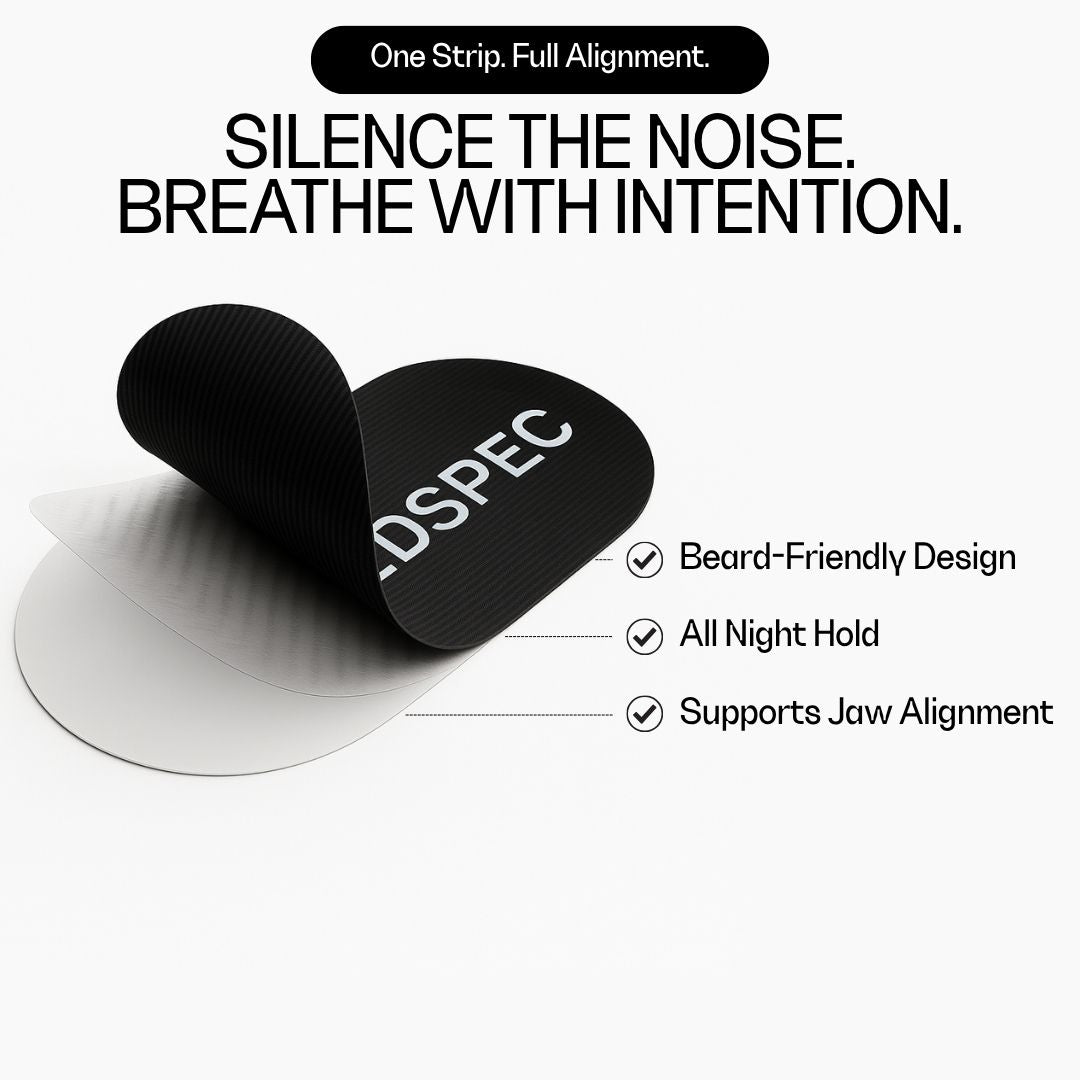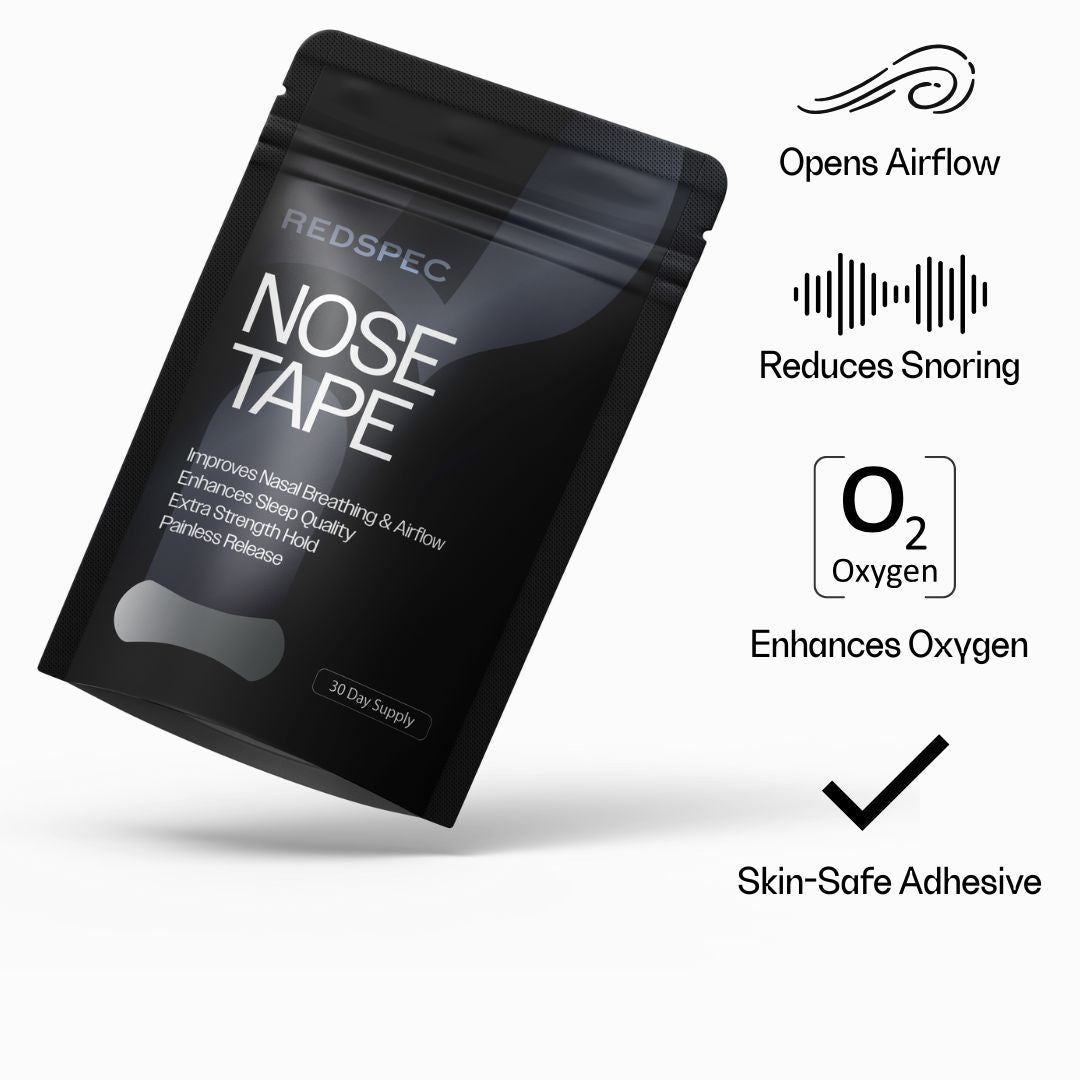Your brain was built for sunlight. Your lifestyle wasn’t.
From fluorescent glare to LED backlight, modern environments flood your visual system with wavelengths it was never designed to process at scale. The result: overstimulation, eye strain, cognitive fatigue—better known as photic stress.
Here’s what it is, how it shows up, and what to do about it.
What Is Photic Stress?
Photic stress is the physiological strain your nervous system experiences when exposed to excessive or misaligned light—especially from artificial sources. It’s not about brightness alone. It’s about spectral content: which wavelengths are hitting your retina, and when.
Blue and violet light (400–500nm) are the biggest disruptors. They trigger alertness, elevate cortisol, and suppress melatonin. Useful in the morning. Problematic at night—or under constant exposure.
The Signs You're Experiencing It:
-
Difficulty focusing after screen time
-
Visual fatigue or headaches in artificial light
-
Feeling wired but unfocused
-
Poor sleep, even with a solid routine
-
Increased anxiety or irritability in bright environments
These aren’t random symptoms—they’re light-induced.
Why Your Visual System Is Overloaded
Unlike natural light, which shifts in color temperature and intensity throughout the day, artificial light is static. Flat. Overbright. Misaligned. It bypasses natural rhythm and bombards your brain with signals to stay alert—even when it’s time to wind down.
Screens, office lighting, overhead LEDs—they all compress your visual cycle into a single overstimulating input. Over time, this erodes your ability to focus deeply or recover fully.
The Solution: Filter With Intention
You can’t escape modern light—but you can control what reaches your system.
-
Use yellow lenses during the day to reduce blue-violet intensity and sustain focus
-
Switch to red lenses at night to block disruptive wavelengths and support melatonin
-
Align screen exposure with your natural rhythm
-
Design your environment like a nervous system tool—not a default
Light is not passive. It’s data.
How you filter it determines how well you think, sleep, and perform. This isn’t about protection—it’s about calibration.
Control the input. Optimize the output.









Leave a comment
This site is protected by hCaptcha and the hCaptcha Privacy Policy and Terms of Service apply.